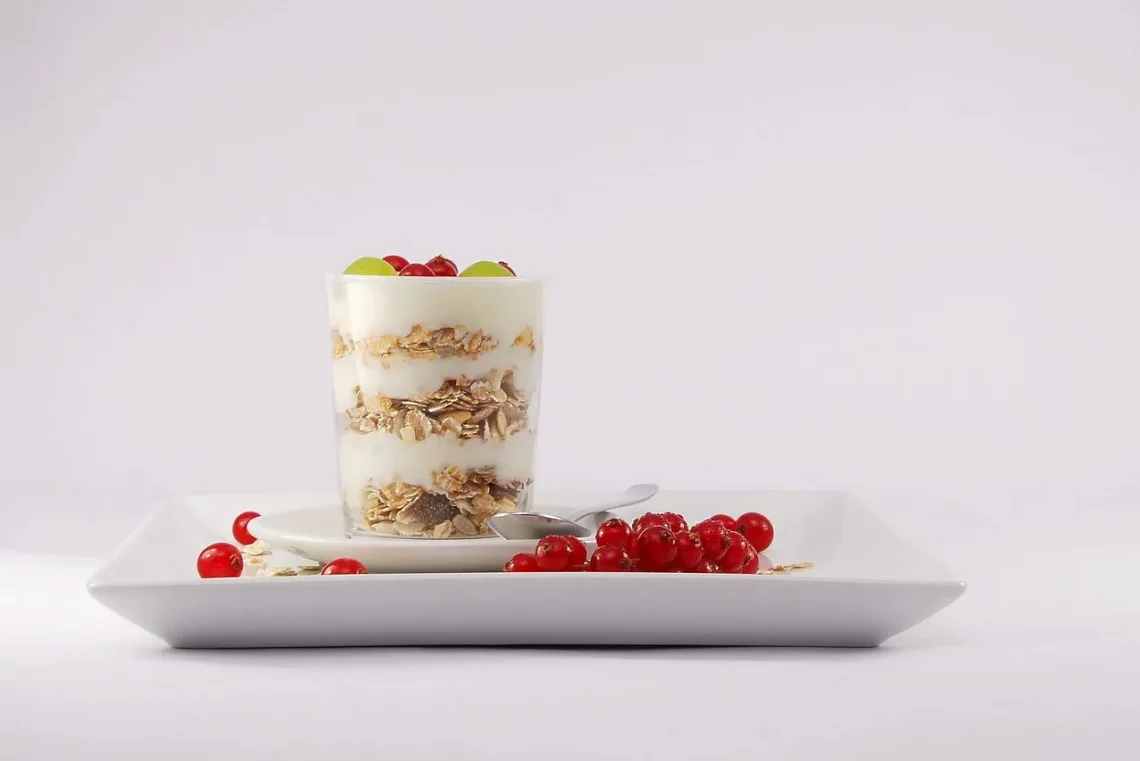
Healthy Treats for Diabetic Dogs: Delicious and Safe Options
Bringing a dog into our lives means embracing a loyal companion who shares in our joys and sorrows. For many dog owners, the well-being of their pet is paramount, particularly when it comes to dietary needs. Just like humans, dogs can experience health issues, and diabetes is one of the conditions that can significantly impact their quality of life. With the right approach, however, diabetic dogs can still enjoy tasty treats without jeopardizing their health.
Feeding a diabetic dog requires careful consideration, as many traditional dog treats are high in sugar and carbohydrates, which can exacerbate their condition. The importance of finding suitable alternatives cannot be overstated. Not only do these healthy treats help manage blood sugar levels, but they also provide the necessary nutrients and flavors that keep dogs happy and engaged. Crafting a diet that accommodates their condition while satisfying their palate can be a rewarding challenge for pet owners.
By understanding the specific dietary requirements of diabetic dogs and exploring various healthy options, owners can ensure their pets enjoy mealtime without compromising their health. It’s essential to focus on ingredients that are low in sugar, high in fiber, and rich in protein. In this article, we explore some delightful and safe treat options that cater to the unique needs of diabetic dogs, ensuring they lead a happy, healthy life.
Understanding Diabetes in Dogs
Diabetes in dogs is a chronic condition that affects their ability to produce or respond to insulin, a hormone that regulates blood sugar levels. The two primary types of diabetes in dogs are Type 1, where the pancreas fails to produce sufficient insulin, and Type 2, where the body becomes resistant to insulin. Both types require careful management, including dietary modifications, regular exercise, and consistent monitoring of blood glucose levels.
Symptoms of diabetes in dogs can include increased thirst and urination, weight loss despite an increased appetite, and lethargy. If you notice any of these signs, consulting a veterinarian is crucial for a proper diagnosis and treatment plan. Managing diabetes often involves a combination of insulin therapy and dietary changes, making it essential for dog owners to understand what foods can positively or negatively impact their pet’s health.
A well-balanced diet for a diabetic dog typically includes high-quality protein sources, healthy fats, and complex carbohydrates. Foods that are low in sugar and high in fiber help stabilize blood sugar levels and support overall health. When it comes to treats, it’s vital to choose options that adhere to these guidelines, as many commercially available products are laden with sugars and fillers that can lead to spikes in blood glucose.
Understanding diabetes in dogs is the first step in ensuring their health and happiness. By being proactive and educated about their dietary needs, owners can help their furry friends live fulfilling lives despite their condition.
Nutritious Homemade Treat Recipes
Creating homemade treats for diabetic dogs can be a fun and rewarding experience. It allows you to control the ingredients, ensuring they are both nutritious and safe. Here are a couple of recipes to get you started:
**Pumpkin and Peanut Butter Biscuits**
Ingredients:
– 1 cup of pure pumpkin puree (not the spiced pie filling)
– 1/2 cup of natural peanut butter (make sure it does not contain xylitol)
– 1 cup of whole wheat flour (or a gluten-free alternative)
– 1/4 cup of rolled oats
– 1/4 cup of water (as needed)
Instructions:
1. Preheat your oven to 350°F (175°C).
2. In a mixing bowl, combine the pumpkin puree and peanut butter until smooth.
3. Gradually add the flour and oats, mixing until a dough forms. If the dough is too dry, add water a tablespoon at a time until it reaches a workable consistency.
4. Roll out the dough on a floured surface to about 1/4 inch thick.
5. Cut into shapes using cookie cutters and place on a baking sheet lined with parchment paper.
6. Bake for about 20-25 minutes or until golden brown. Let them cool completely before serving.
**Sweet Potato Chews**
Ingredients:
– 1 large sweet potato
Instructions:
1. Preheat your oven to 250°F (121°C).
2. Wash and peel the sweet potato, then slice it into thin strips (1/4 inch thick).
3. Arrange the strips on a baking sheet lined with parchment paper.
4. Bake for about 2.5 to 3 hours, flipping halfway through, until they are dried out and chewy.
5. Allow to cool before offering to your dog.
These homemade treats are not only delicious but also packed with nutrients. Pumpkin is an excellent source of fiber, which can help regulate blood sugar levels, while sweet potatoes provide vitamins and minerals essential for your dog’s health.
Store-Bought Treats to Consider
If you prefer the convenience of store-bought treats, there are several options designed specifically for diabetic dogs. When choosing commercially available dog treats, it’s essential to read the labels carefully to avoid hidden sugars and unhealthy additives. Look for products that list high-quality proteins as the first ingredient and contain whole food sources of carbohydrates.
One popular option is grain-free treats made from ingredients like chickpeas, lentils, or sweet potatoes. These alternatives are lower in carbohydrates and sugars compared to traditional grain-based treats, making them suitable for diabetic dogs. Additionally, some brands offer treats fortified with fiber, which can further aid in blood sugar management.
Another great option is freeze-dried or dehydrated treats, often made from single-source proteins like chicken, beef, or fish. These treats are not only high in protein but also low in carbohydrates, making them a safe choice for diabetic dogs. They also tend to be more palatable for pets, ensuring your dog enjoys their snack time.
When selecting store-bought treats, consider those that are specifically labeled as suitable for diabetic dogs. Many reputable brands focus on providing healthy options that support your pet’s specific dietary needs. Always consult your veterinarian if you’re unsure about a particular product, as they can offer guidance tailored to your dog’s health condition.
Remember that moderation is key, even with healthy treats. Always factor in the caloric content of treats when planning your dog’s daily food intake to prevent any weight gain, which can complicate diabetes management.
Consulting with Your Veterinarian
As a responsible pet owner, it’s essential to consult with your veterinarian when making dietary changes for your diabetic dog. They can provide personalized recommendations based on your dog’s unique health needs, lifestyle, and preferences. Regular check-ups with your vet can help monitor your dog’s blood sugar levels and adjust their treatment plan accordingly.
When discussing treat options, be sure to mention any homemade recipes or store-bought products you are considering. Your vet can offer valuable insight into the nutritional content of these treats and how they fit into your dog’s overall diet. They can also advise you on portion sizes to ensure your dog maintains a healthy weight and stable blood sugar levels.
It’s important to remember that while treats can be a delightful addition to your dog’s diet, they should not replace a balanced meal. Treats should account for no more than 10% of your dog’s daily caloric intake. This guideline helps maintain their nutritional balance while allowing for the occasional indulgence.
In summary, keeping your diabetic dog happy and healthy involves understanding their dietary needs, creating nutritious homemade treats, and selecting safe store-bought options. With the right approach, you can ensure your furry friend enjoys delicious treats without compromising their health.
**Disclaimer**: This article is not intended to provide medical advice. Always consult your veterinarian for guidance on your pet’s health and dietary needs.




